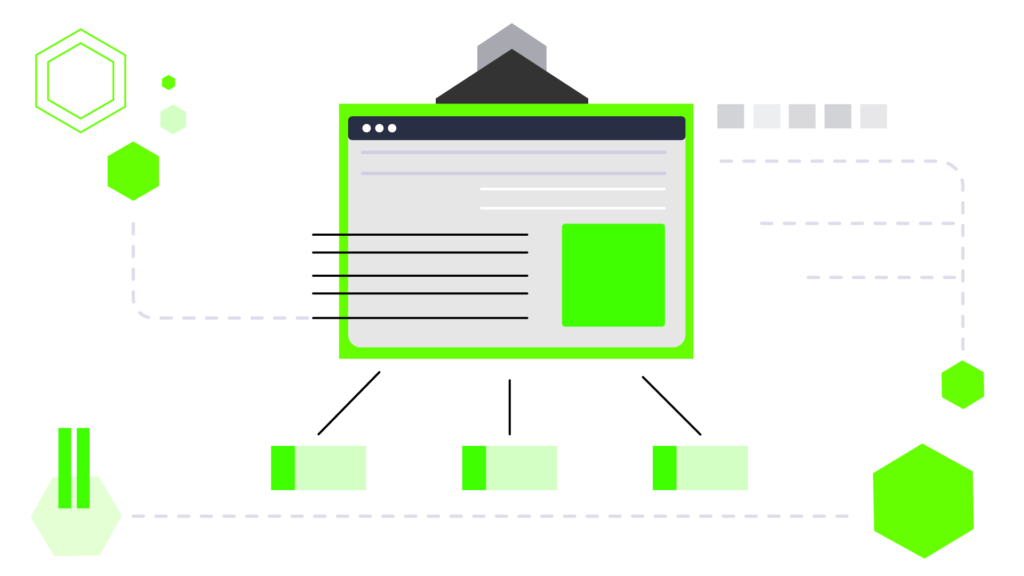Internal Linking

Internal linking is a type of linking, in which links are placed from page to page within the same web resource. This is how a link structure is formed, with the help of which a user can get from one section to another, walk through them, studying goods and services. As such, it is an effective way to increase user engagement as they will spend more time on the site if the content grabs their attention.
Internal linking improves the usability of the site and enhances its positions on the promoted queries without extra money. This occurs through the competent distribution of keywords across the site so that search engines would better index the site.
The main purposes of internal linking
- Page promotion
Due to internal linking, you can fairly effectively promote the page in the search engine results for low-frequency queries, without resorting to placing a large number of natural links;
- Improved usability and simplified navigation
Due to interlinking, it can significantly increase the usability of the site and its main means for visitors. For example, a well-thought-out linking simplifies the search for the desired pages, helps to navigate and provides access to materials that are similar in topic and focus;
- Speeding up the indexing
Thanks to the placed link, search engine robots will be able to find new material on the site;
- Increase the page weight
With the network of links, it is possible to redistribute the page weight so that the most significant landing pages receive maximum authority, thereby increasing their chance to reach the top of search engines. For an even transfer of the link juice, it is recommended to carefully consider the linking principle.
Examples of successful internal linking
- placing a list of links leading to related materials or sections at the end of the article;
- inserting links in articles. In this case, the links highlight the basic concepts or terms, which can be found on another page by clicking on the link. This example allows not only to convey the page weight but also to improve usability at the same time;
- creating a sitemap. It is supposed to place links leading to other web pages of the resource on a separate page. Although the sitemap page may not carry a lot of weight, it does provide faster indexing of the resource;
- creating a FAQ. This technique involves creating a page containing questions and answers. It allows you to link pages containing keywords.
Internal site linking schemes
- Hierarchical
This type is mostly used for online shops. Links here go from the main page to the main categories, then from the categories to subcategories. From the latter, links lead to the homepage of the portal.
- Star
This scheme assumes that all pages on the site are linked to each other, transmitting and receiving the same weight. Such a scheme is used when all pages are equally important for the promotion.
- Circular
With this scheme, pages are linked in a circle and link to the desired page. For example, to the priority page, which is often the main one on a website, or to the one that is promoted with a high-frequency complex query.
There are also other linking schemes, but they are often more complicated and specific to certain tasks.
Basic rules to follow when linking
- The donor page must contain no more than one hyperlink to the web page that is being promoted.
- Make sure that the anchors do not repeat each other. Do not use spam constructions in anchors (for example – buy a laptop bag).
- Hyperlinks in the text of an article based on the key phrases should be placed in a natural way. Refer to the material that will be relevant to the request and complement the information provided in the publication.
- Do not refer to broken links or pages that are closed from indexing.
- Don’t forget about users. Every time you place a link to a particular page of the site, ask yourself: “Will it be useful to users? Will users follow the link”.